Spritz Beton (sprayed concrete): definition, production and application
Spritz concrete (also known as shotcrete or shotcrete) is concrete mix pneumatically projected onto a surface. Basically, concrete is sprayed at high speed through a compressed air lance, without the use of formwork. The mix is designed with high cement dosage (typically ≥450 kg/m³) and accelerating admixtures to achieve very fast setting ( flash set effect). The base mix includes water, cement, fine aggregates (max 8-10 mm), and admixtures (accelerators, superplasticizers, waterproofing agents) There are two modes of setting: dry way (transport of dry materials, with water/accelerator injected to the lance) and wet way (transport of fluid concrete, with only the accelerator added to the lance). In both cases, the high-speed impact of the jet on the surface provides compacting, creating a dense, adherent coating. As reported in technical literature, shotcrete behaves "similarly to conventional" concrete, but requires specific composition and placement procedures. In fact, according to EN 206 standards, spritzbeton is considered a special concrete and should be designed like cast-in-place, but adding the necessary admixtures for rapid curing.








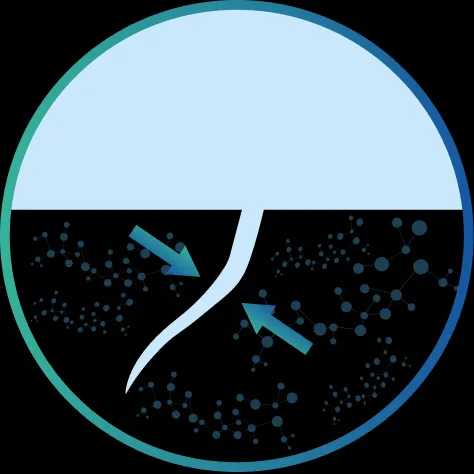




concrete

Application advantages of Spritz Beton


Comparison with other coating and waterproofing systems
- Compared with traditional poured concrete (formwork concrete): the main advantage of spritzbeton is the absence of formwork and single pour, which greatly speed up the work. In addition, spritz adheres to the substrate without the need for temporary supports, allowing work even in open excavations. On the other hand, this technique requires skilled operators to control the quality of the casting: an inexperienced pitcher can cause defects such as poor adhesion, delamination between layers, or high rebound of aggregates (waste). Whereas in traditional concrete compaction is mechanical, in spritz it relies on the impact of the casting and admixtures; therefore, appropriate layering and specific curing cures are required (5-10 cm thick castings matured in wet setting are often operated).
- Compared to traditional waterproofing systems(membranes): prefabricated membranes (PVC, bentonite geotextiles, bituminous coatings) provide continuous flexible barriers, often more guaranteed against infiltration. Spritzbeton, on the other hand, creates a rigid, load-bearing coating welded to the substrate, with no joints or critical points. This feature makes it advantageous when waterproofing and structural reinforcement are needed simultaneously-for example, in tunnels with strong hydraulic counterthrust or in the presence of irregular rock ordnance. In contrast, a membrane is more controllable in terms of impermeability under localized stress, while spritzing requires an appropriate mix to ensure sealing (e.g., crystallizing additives or water-repellent finishes).
- Compared with other cementitious coatings (mortars, reinforced plasters): waterproofing mortars or traditional plasters have limited thicknesses and do not contain volumetric aggregates. Spritzbeton, on the other hand, has similar composition to structural concrete, imparting greater thicknesses and additional load-bearing capacity to the coating. If purely surface reinforcement or light treatment is needed, a bituminous or waterproofing mortar may be preferable for ease of use. For structural work or actual consolidation, spritzbeton is generally more effective.
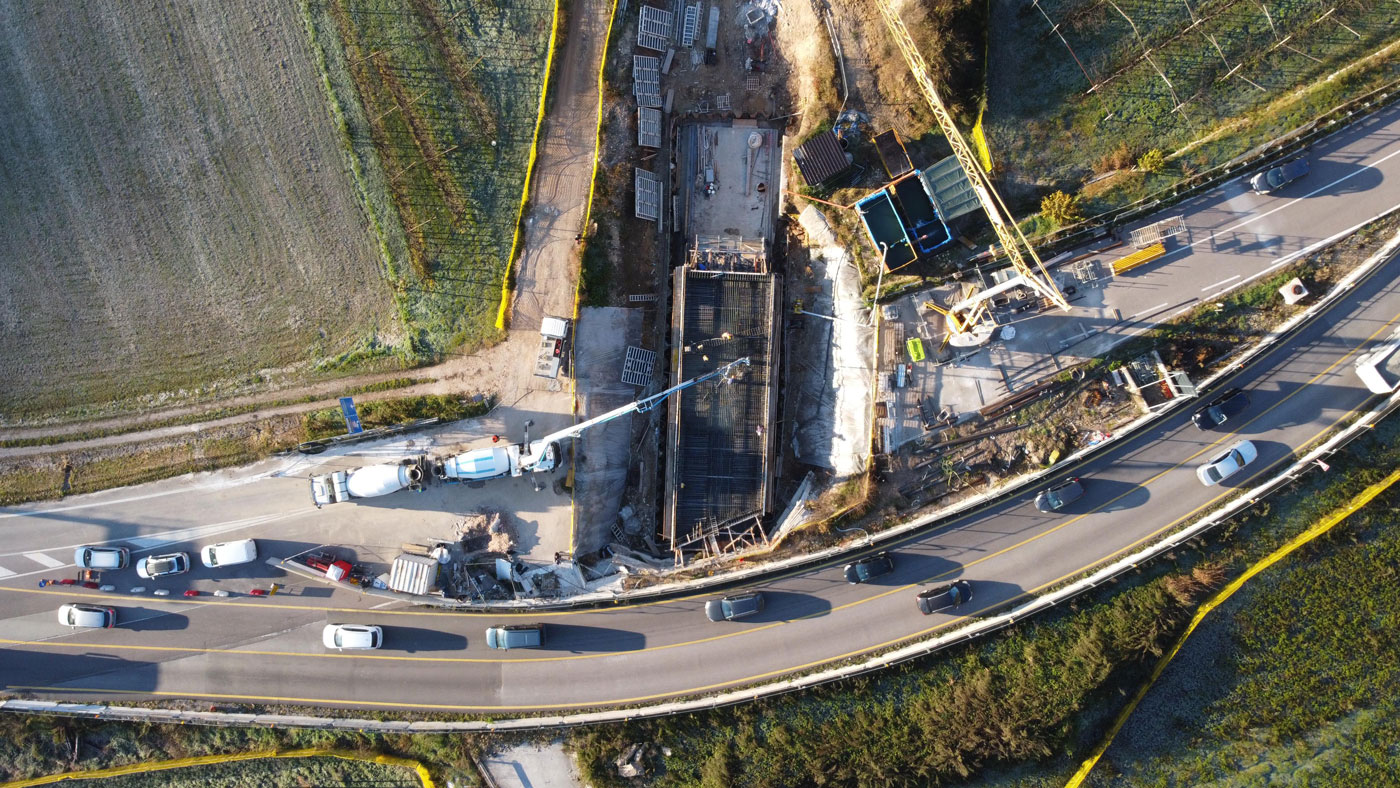
Main areas of use in underground works
Spritzbeton is widely used in underground and consolidation works due to its versatility. In particular:
- Tunnels and tunnels - Spritzbeton is used for the final or temporary lining of road, rail and subway tunnels (even in the presence of groundwater). In new NATM (New Austrian Method) excavations, it is often the primary support system: it blocks falling material and acts as the first waterproofing. In degraded tunnels, the spritz allows the vault and faces to be rebuilt to the required thickness with rapid interventions, resulting in a monolithic, impermeable lining.
- Basement cellars and ponds - In basement rooms (cellars, undercroft parking lots) or in water catchment basins, spritzbeton can replace or supplement the normal waterproofing system. It forms a durable, waterproof coating that protects the structure from seepage. Thanks to water-repellent additives, it maintains durability even below water level.
- Underground parking lots - In underground parking lots and extensive foundation excavations, spritzbeton is used for basement walls and shotcrete ceilings. Rapid installation is helpful in minimizing disruption, and the material provides resistance to stresses induced by the surrounding soil.
- Slope and slope consolidation-Applied to natural or artificial slopes, spritzbeton consolidates unstable soils and stops water runoff. Combined with netting, nailing or anchoring ties, it stabilizes boulders and debris on slopes. It is particularly used on steeply sloping excavation walls (over 40°) where traditional plaster would not adhere.
- Buried retaining structures-In the construction or rehabilitation of driven-in piles, diaphragms, micropiles and sheet piles, sprayed concrete is used as an anchor coating or as external reinforcement. For example, after laying radial ties in a studded wall, the reinforcement is covered with a layer of spritzbeton to distribute stresses and waterproof the wall.
- Hydraulic works and canals - Spritzbeton is also used in hydraulic structures (penstocks, canals, basins) for restoration or internal lining. In the rehabilitation of open-pit basins and canals, the speed of laying large volumes of spritzbeton makes it cost-effective compared with traditional pours. The waterproofed matrix protects structures from runoff.
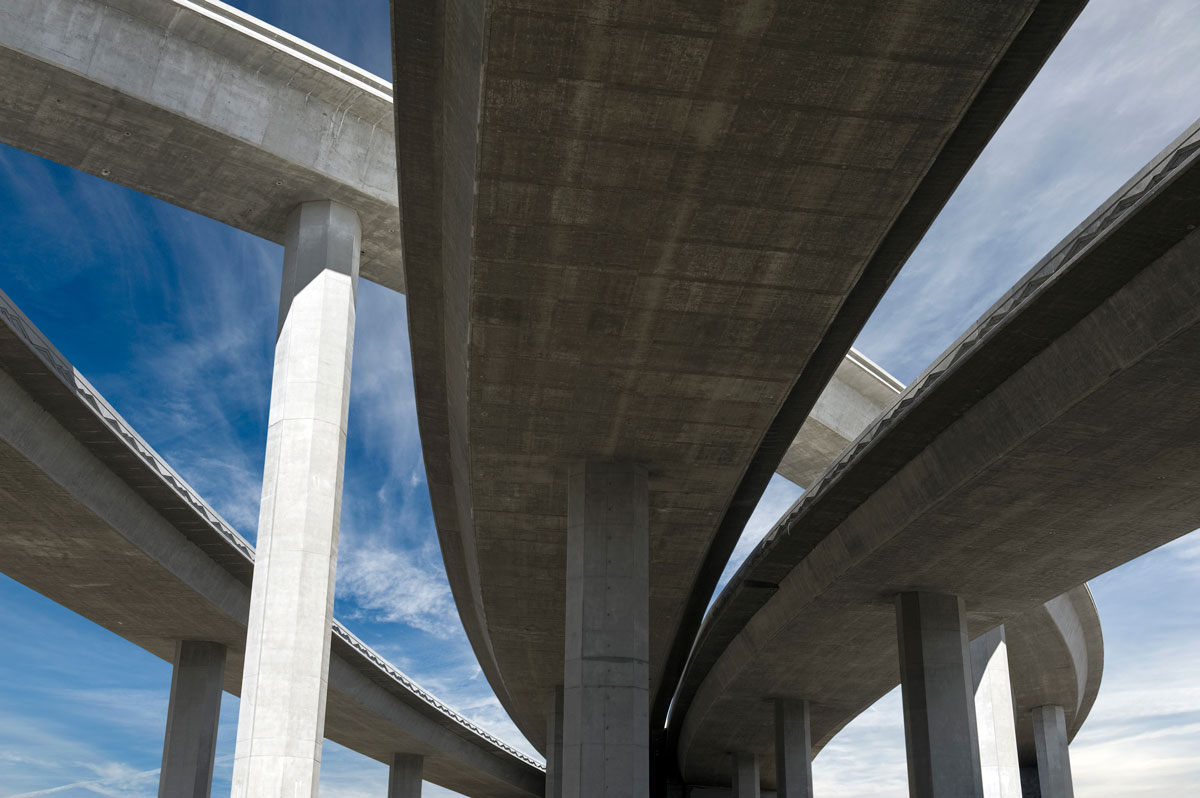
Technical precautions and regulatory references
To achieve reliable results with spritzbeton, it is essential to follow good application practices. For example, substrate preparation requires high-pressure washing to remove dust and loose parts, followed by saturating the substrate to a dry surface (SSD method) before spraying. On site, there is a tendency to cast in successive layers of moderate thickness (e.g., 5-10 cm) with wet curing between each to ensure continuity of the structure and reduce cracking. Mix-designs should include Portland cement of appropriate class, selected aggregates (no reactive minerals, small size) and reinforcing fiber if required. In particular, alkali-free (sulfate-based) accelerators are recommended because they reduce rebound and increase strength over time compared with traditional silicates.
From a regulatory point of view, spritzbeton is governed by the same rules as ordinary concrete. The Technical Standards for Construction (NTC 2018) require the use of CE-marked materials (cement according to UNI EN 197-1, aggregates according to UNI EN 12620/8520), control of in-plant production (FPC), and declaration of environmental exposure classes (e.g., XC4 and XA2 for wet environments). UNI EN 206-1 defines performance-guaranteed concrete, and specifies that shotcrete falls under special concretes. From a design point of view, UNI EN 14487-1:2023 (Italian transposed standard for spritzbeton) provides specific requirements for this type of casting; similarly, UNI EN 14488-2:2006 defines in-situ tests on the strength of young shotcrete. In practice, what is stated in these references applies: for example, the measurement of compressive strength is carried out on specimens obtained by procedures conforming to sprayed placement (after stabilized carbonation).
In summary, designers and contractors must treat spritzbeton as a traditional concrete from the point of view of standards (minimum class C30/37 or higher as appropriate, w/c ratio ≤0.50, specimens and testing for Rck), but integrating the technical laying requirements: clean and saturated substrate, proper use of admixtures, qualified operators and controlled curing. This maximizes the benefits of spritzbeton, ensuring fast, adherent and durable coatings, as required by modern underground works.

MLN
waterproofed
%
%
footprint






